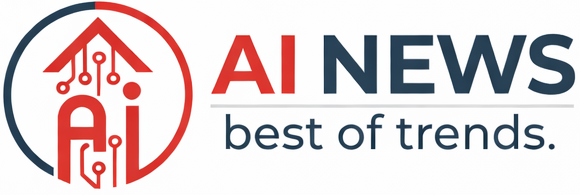1. Visibility Into Full Tech Stack and Staff Coordination
When it comes to understanding a university’s power and cooling needs, perhaps a technology vendor’s most significant attribute is a holistic understanding of how an institution’s entire tech stack works together.
Before any power company or cooling solution is implemented, institutions must have a full understanding of their needs. An infrastructure modernization effort is a major project that will involve stakeholders across the university and touch nearly every building on campus. That means the facilities team, the IT team, university administration and stakeholders from teaching and learning, research, procurement and more will be involved.
Holistic providers like CDW have worked with all these stakeholders in the past, and making sure all of them are involved and fully informed from the beginning makes it far more likely the project will be completed successfully.
2. Unbiased Advice on Data Storage Solutions
Universities have been wrestling with how to manage and store their data. Everything started on-premises, of course, but cloud adoption has accelerated rapidly in recent years, and many institutions have made either full or partial transitions to the cloud.
Hybrid infrastructure is the most common solution, with conversations typically focusing on the cost of cloud subscriptions versus the infrastructure costs and maintenance involved in on-premises data centers.
With power needs expanding, however, the calculus in that equation is changing. Partners like CDW, who offer cloud, hybrid and on-premises solutions, can provide an unbiased look at which solution may work best for each institution. The inclusion of power and cooling costs — and an ability to anticipate future needs for power and cooling — gives universities a clearer picture before they decide to go in one direction or another.
RELATED: Here’s what higher ed IT leaders should know about infrastructure modernization.
3. Ability to Anticipate Future Power and Cooling Needs
Because updating on-premises power capabilities and properly cooling data centers is such a large undertaking, just about every institution should aim to do it as infrequently as possible. And to do that, especially when it requires new construction, project managers need to understanding not just what’s needed today but what’s going to be needed down the road.
CDW’s team full of experts, including specialists in power and cooling, are at the cutting edge and make it their job to understand what kind of things are coming next in the fast-moving world of technology. There’s no worse outcome for a data center build than having to come in and re-open the walls a few years later. Being able to anticipate those needs could be a massive money-saver for colleges wrestling with increasingly tight budgets.
4. Partnerships With Power and Cooling Providers
Once power and cooling needs are understood and future needs are anticipated, a partner like CDW can bring vendor expertise to the table to finish the job. Companies like offer a fully array of power supplies, and a number of other providers can bring in sustainable UPS and batteries, liquid cooling products and much more.
This article is part of EdTech: Focus on Higher Education’s UniversITy blog series featuring analysis and recommendations from CDW experts.
Source link
#Reasons #Involve #Tech #Company #Data #Center #Power #Cooling































